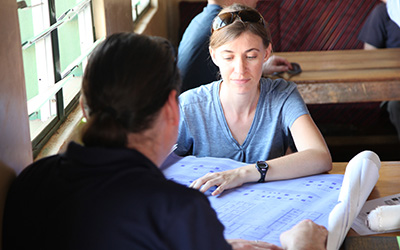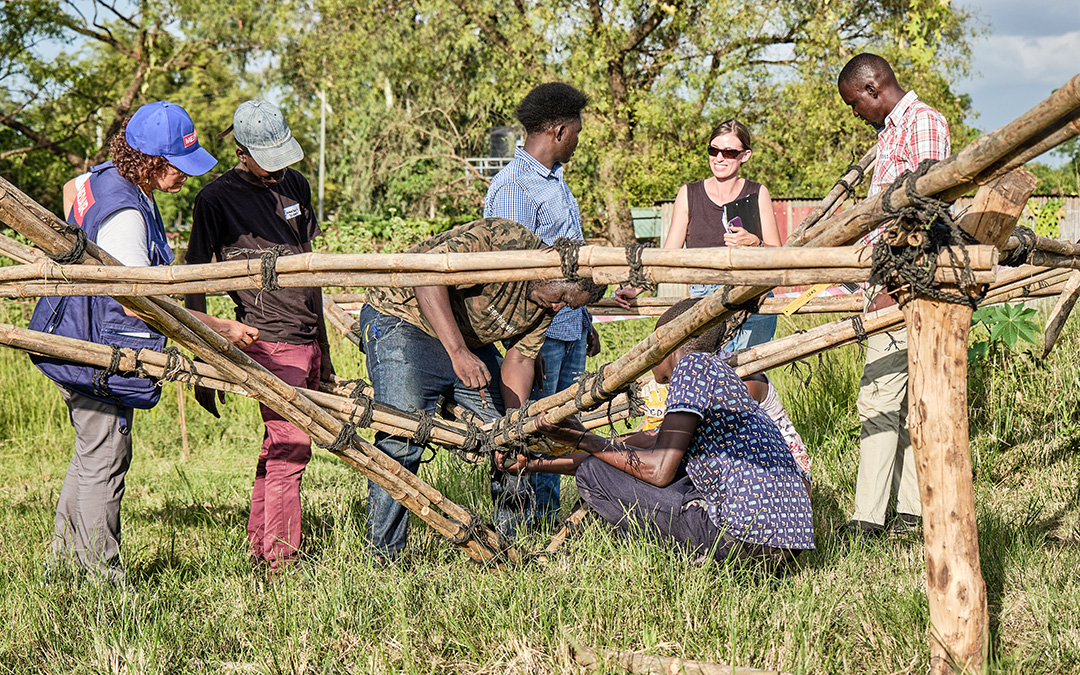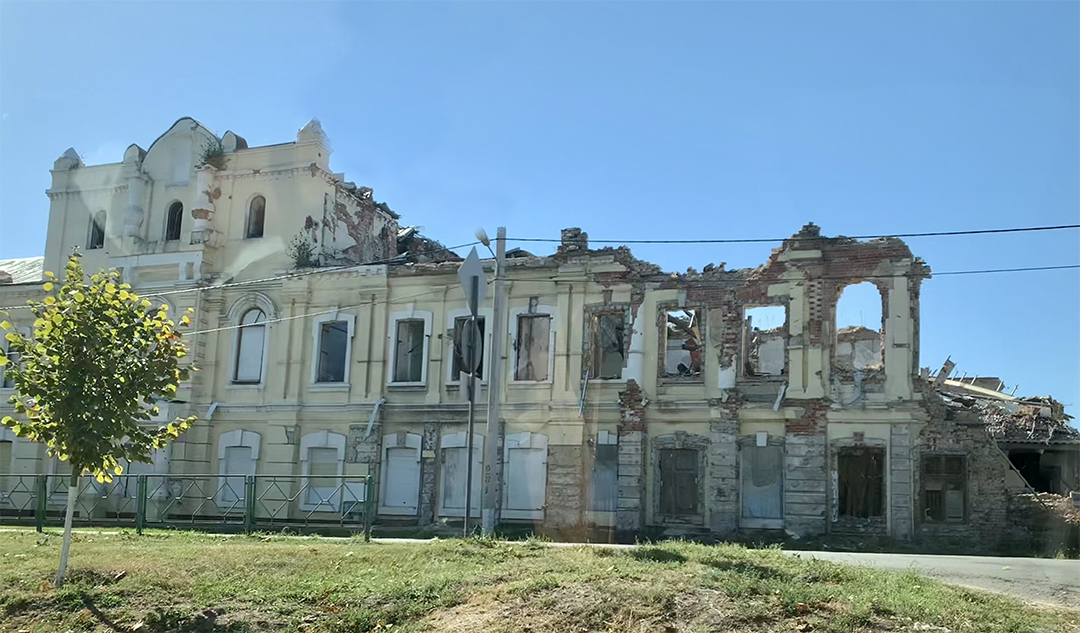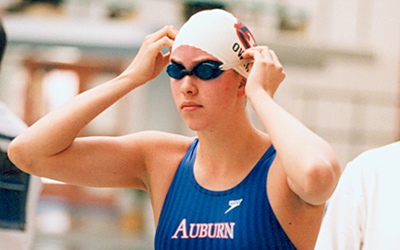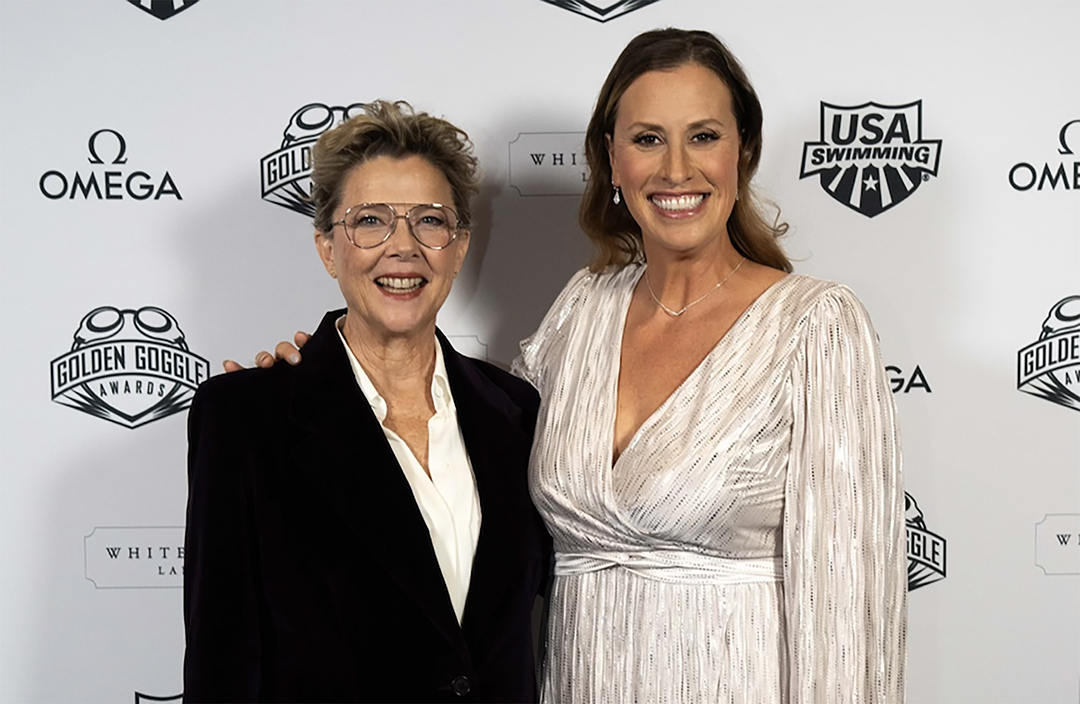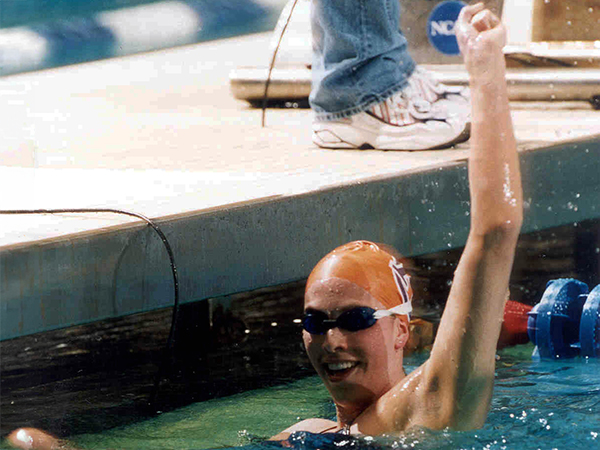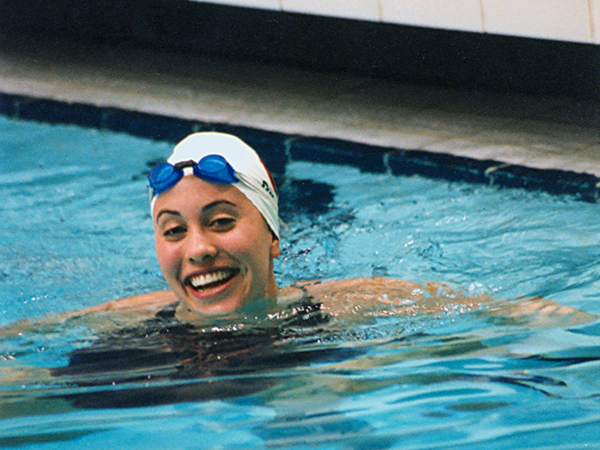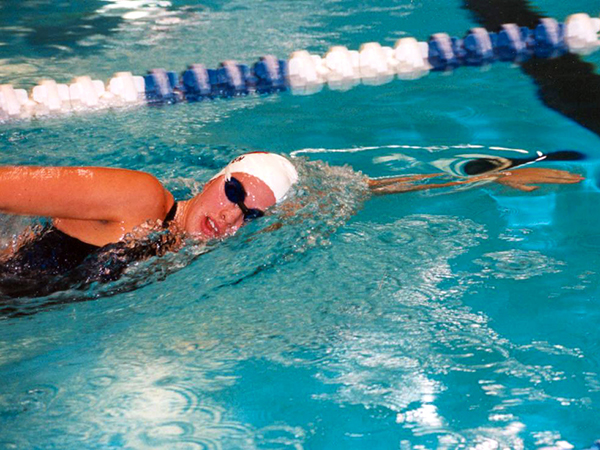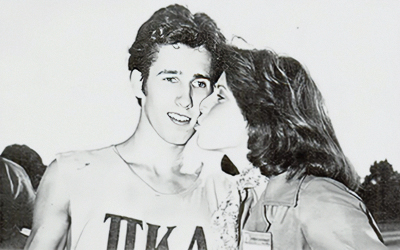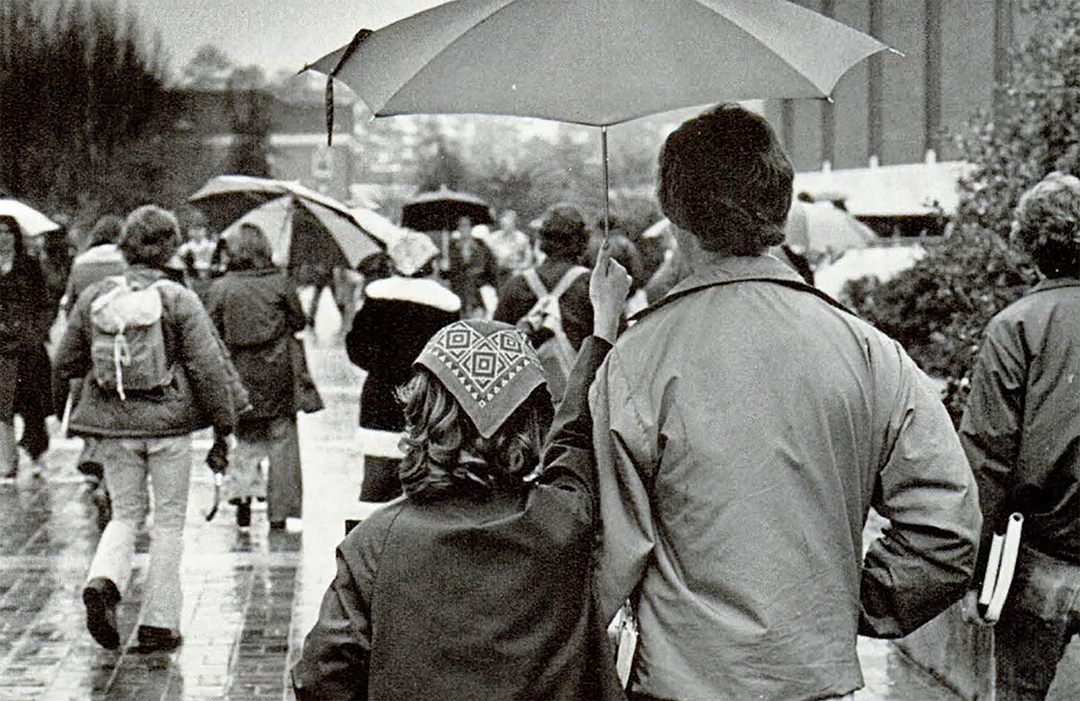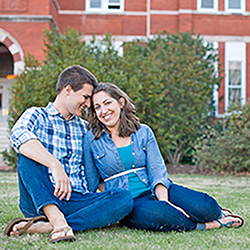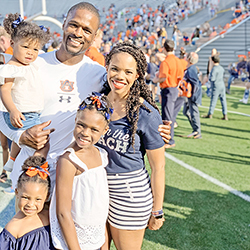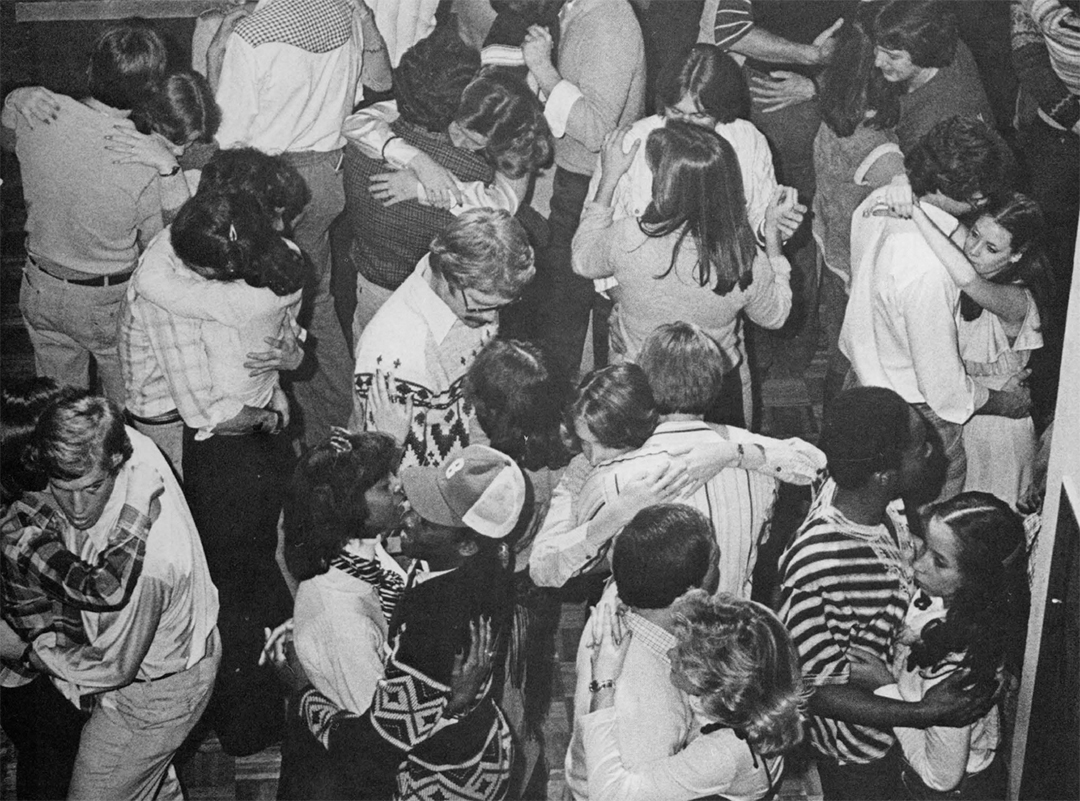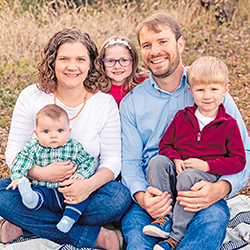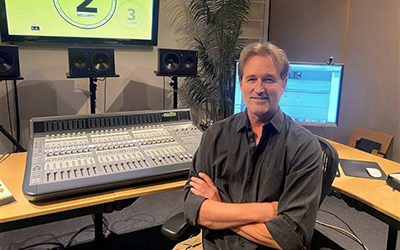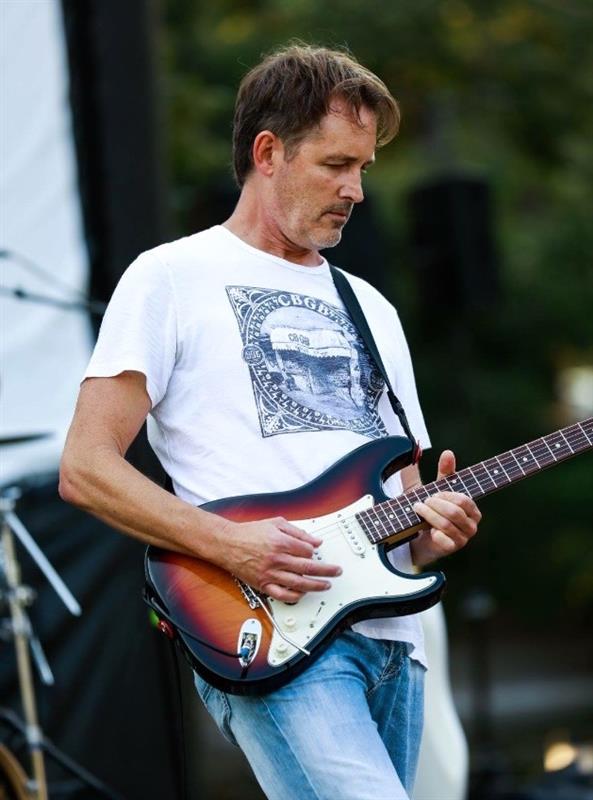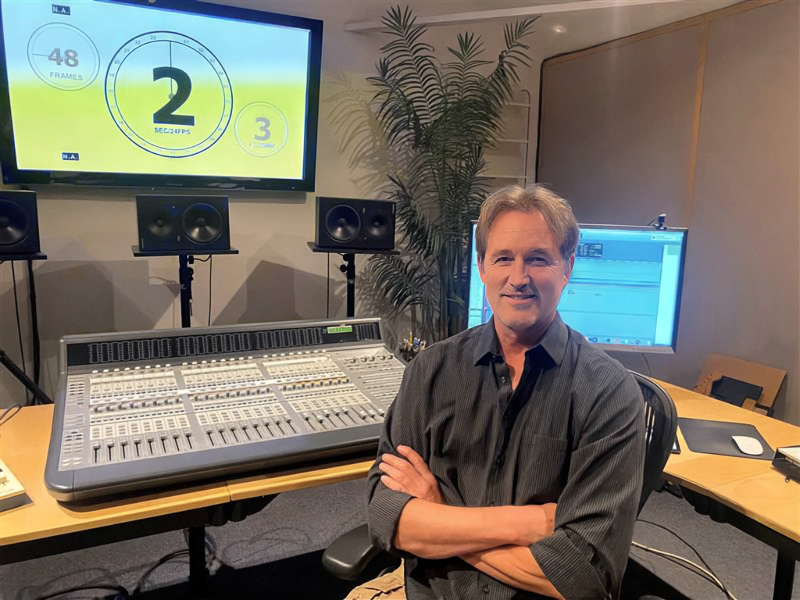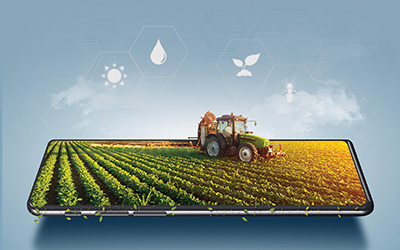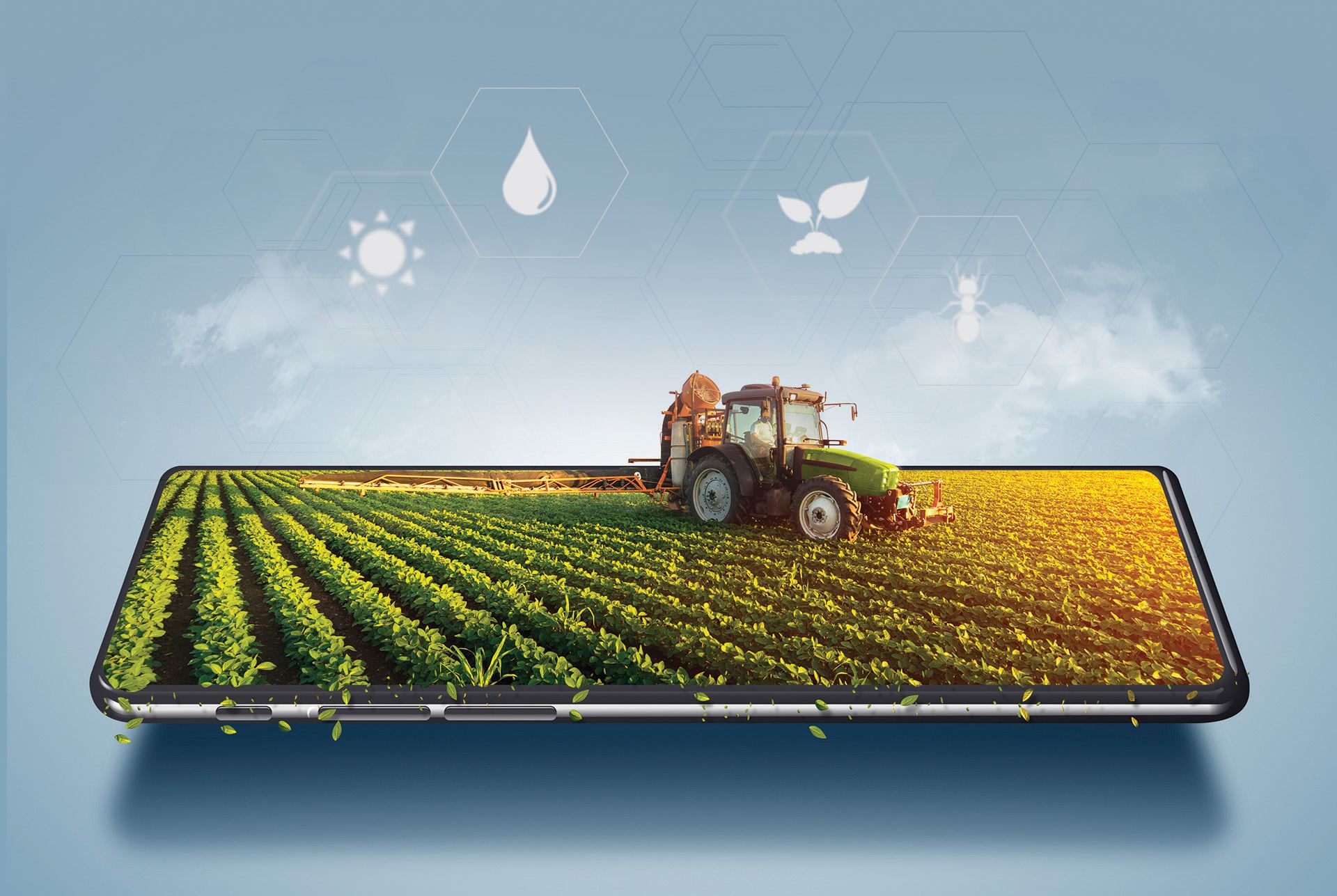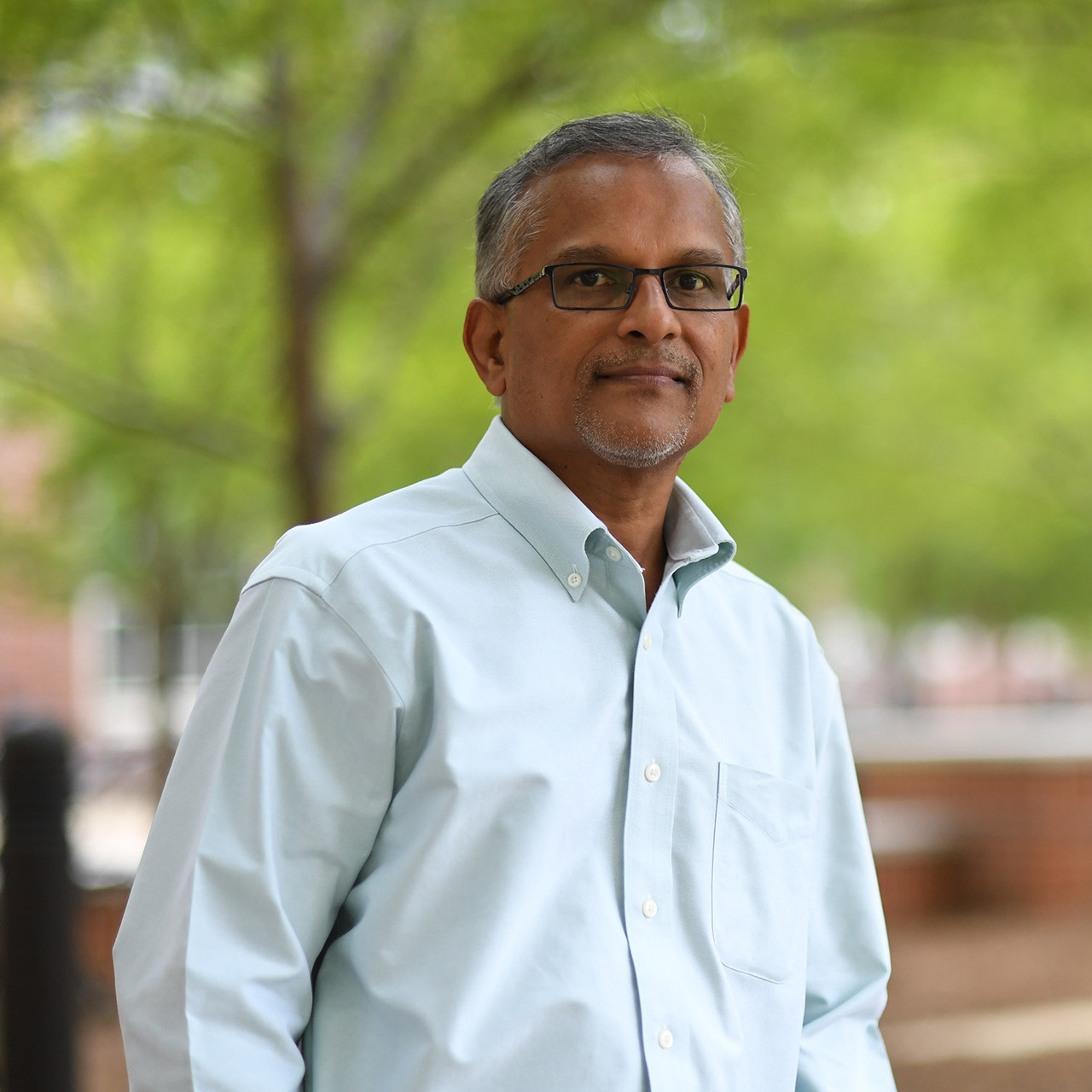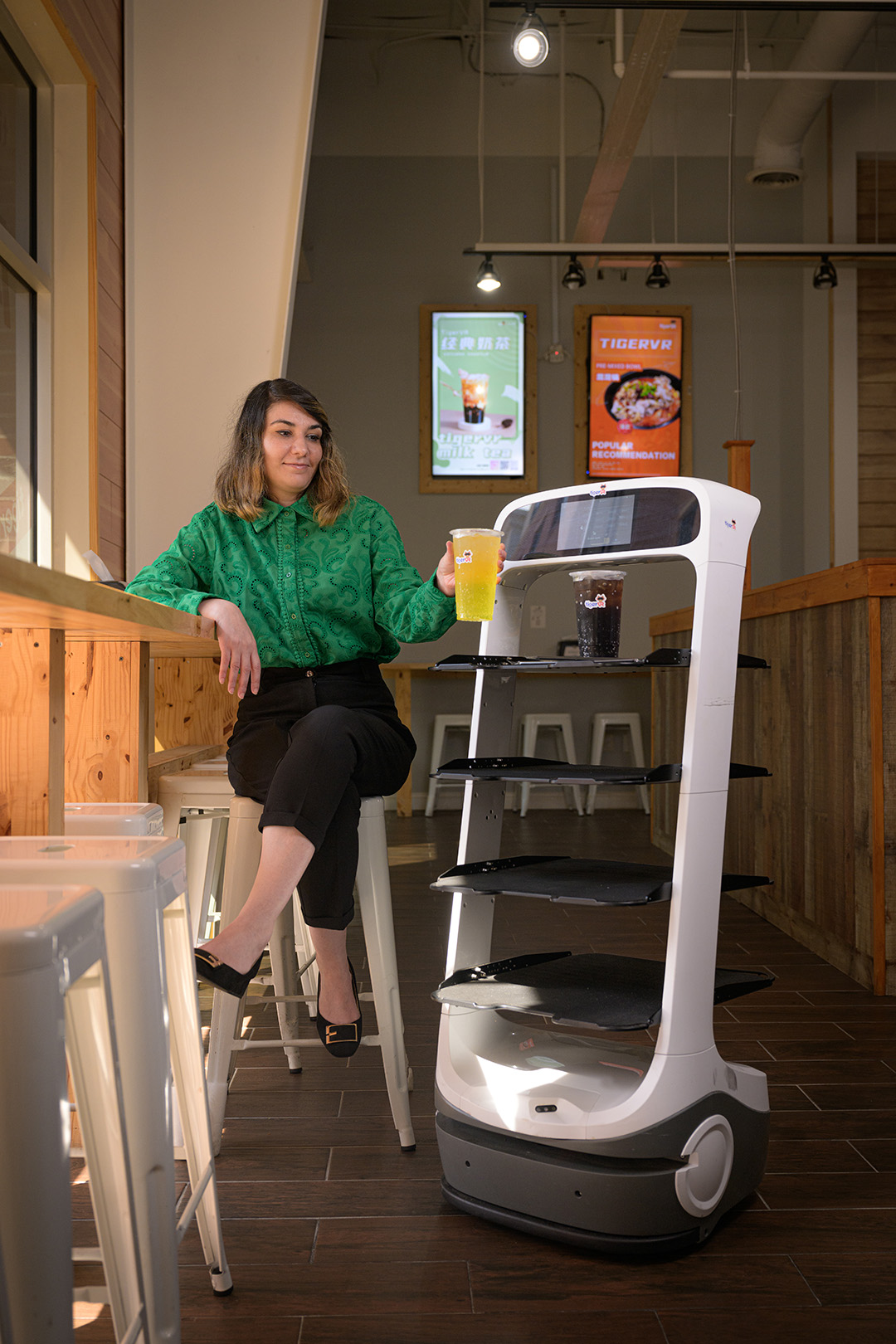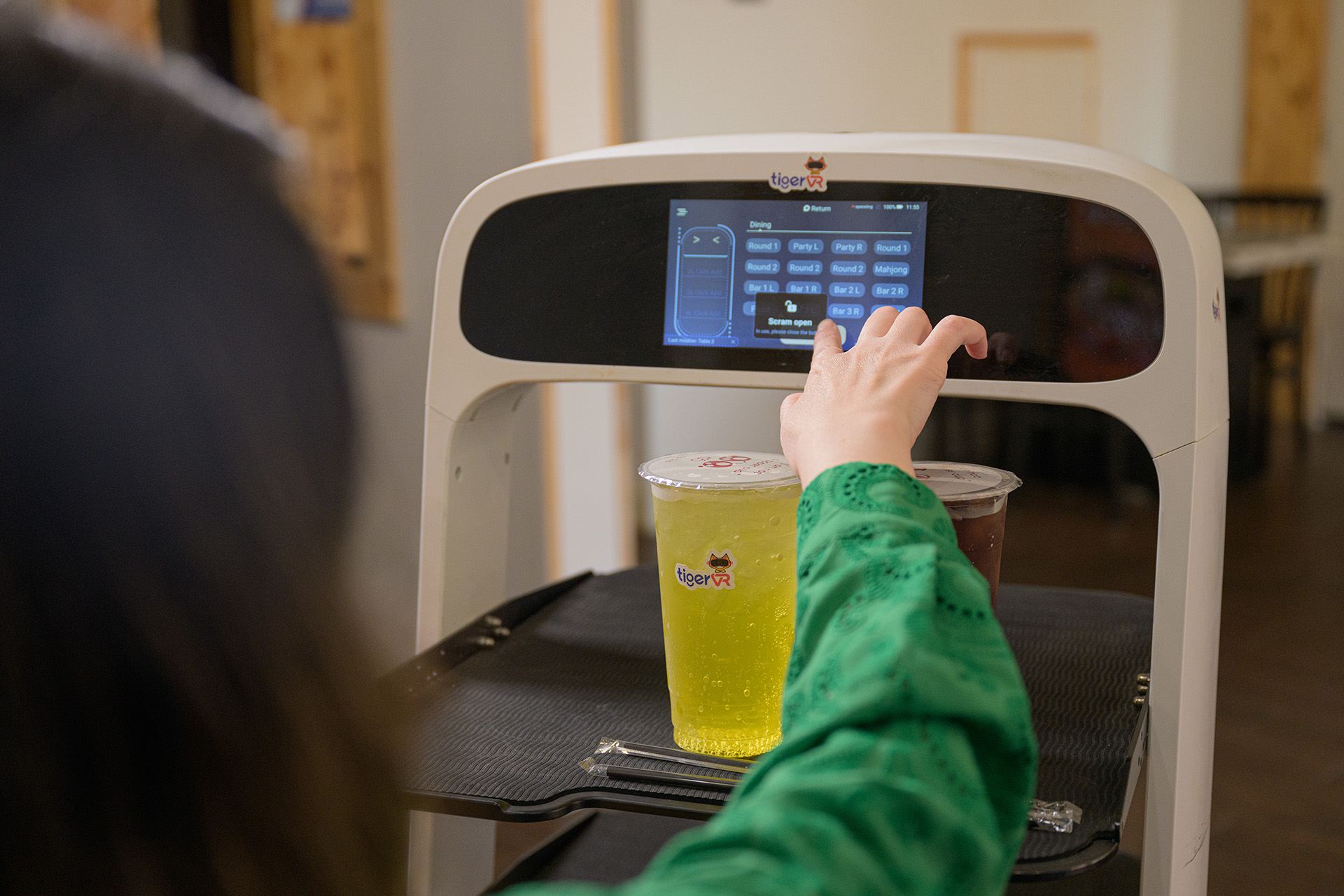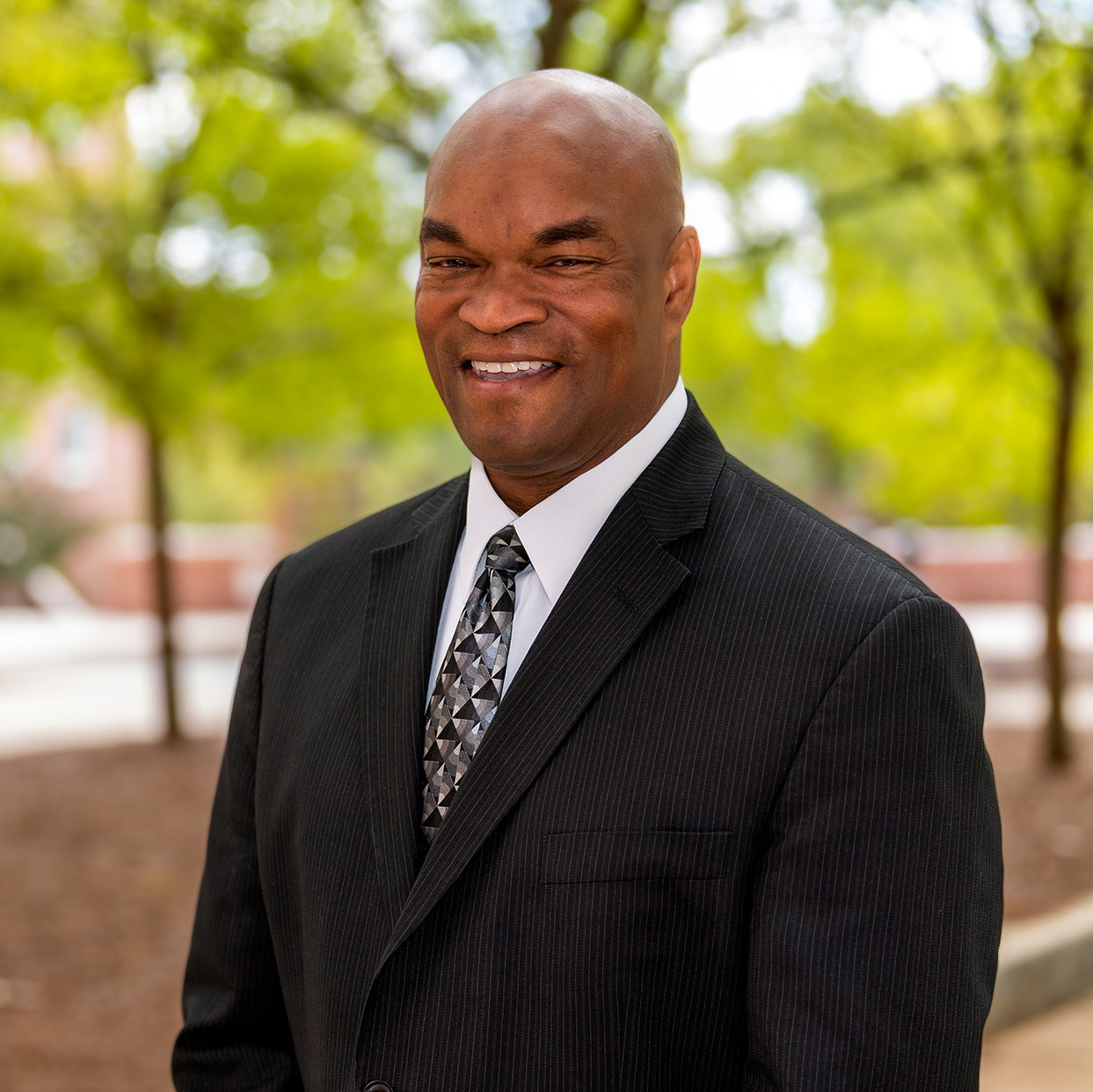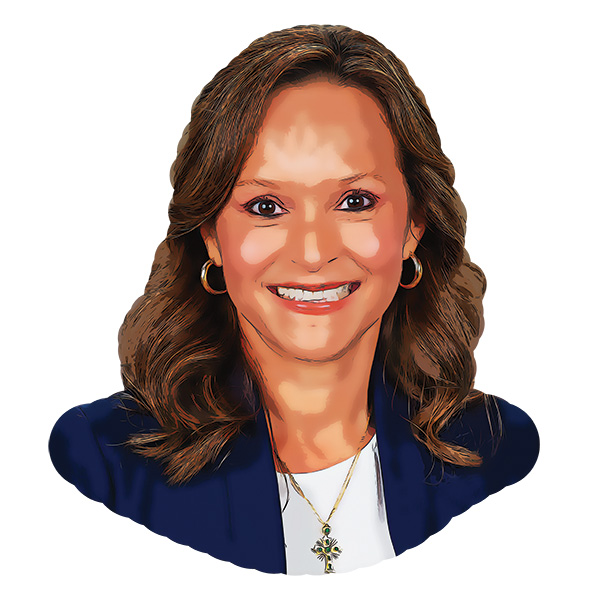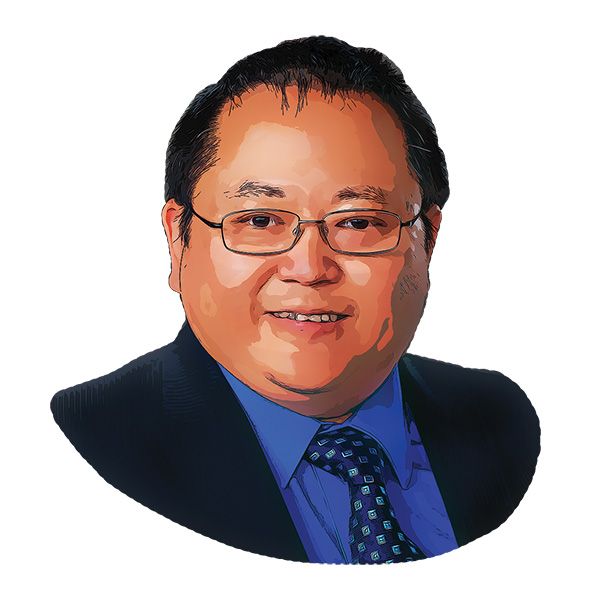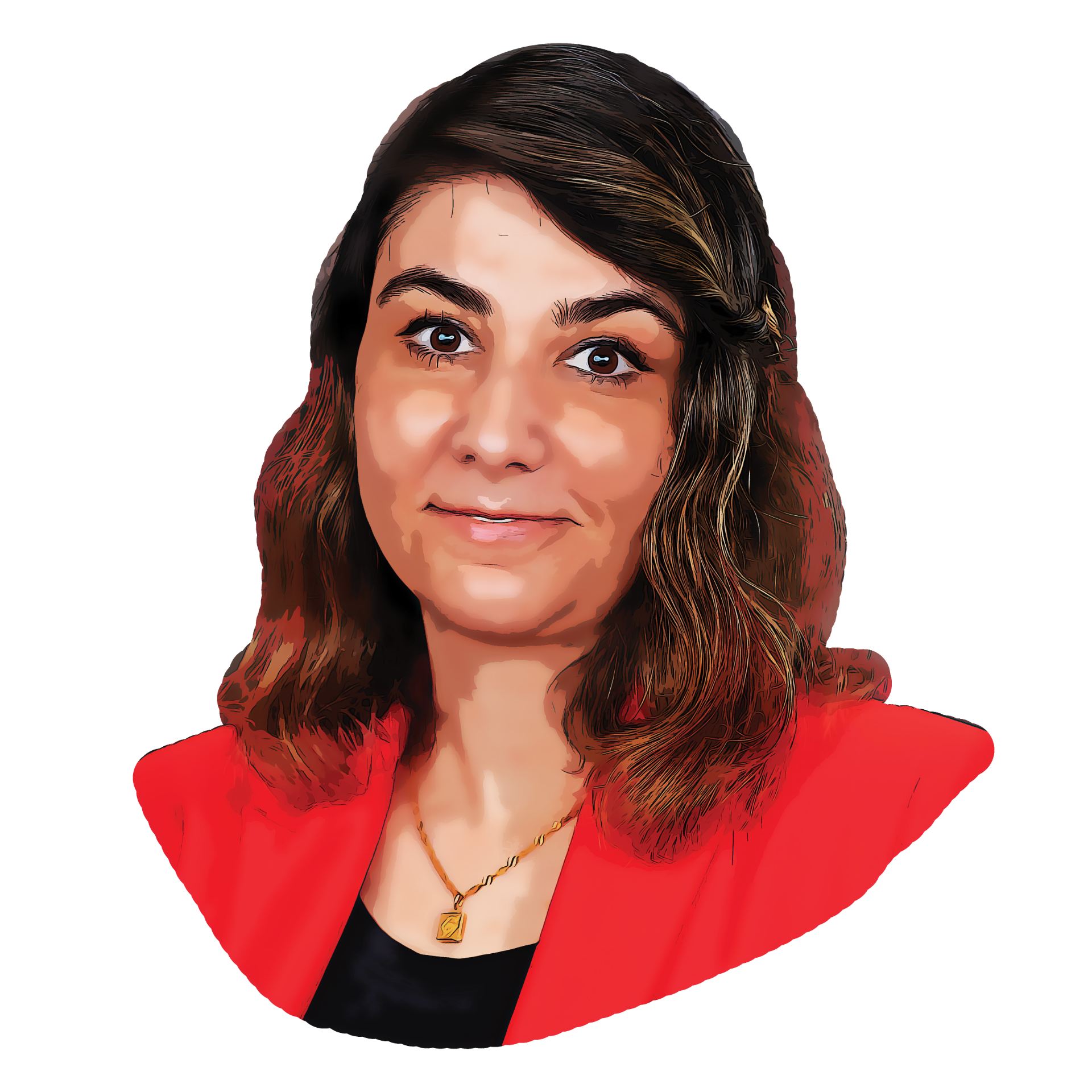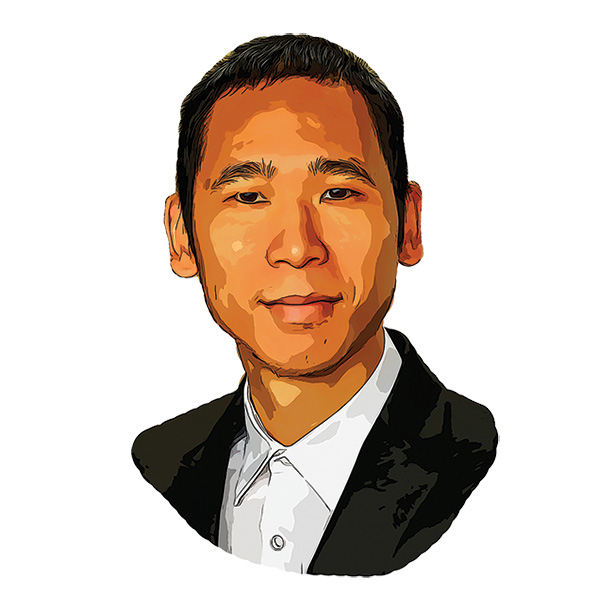Three generations and counting contribute to a growing pecan farm’s success.

Race to the Top

Living in Munford, Ala., Holmes grew up minutes away from the Talladega Superspeedway, one of the largest motorsports complexes in the United States. While the proximity of the iconic racetrack may have sparked his initial interest in the high-stakes sport, what really set in motion Holmes’ need for speed was watching his father, Stacy Brian Holmes, dominate on the Talladega Short Track.
“I grew up as a little kid just watching him race, winning and being successful on the track and building friendships with the people who also raced at the track every week,” said Holmes.
After watching his dad become the short track record holder, it didn’t take long for Holmes to follow in his speedy footsteps. At 6 he started racing go-karts, then moved into asphalt and dirt late model racing. He soon made a name for himself on the track by racing in the Crate Late Model division, which resulted in two victories in only a year.
In 2013, Holmes won the Rookie of the Year title and earned two additional victories, finally surpassing his father to set the new track record.
In 2016, the family-owned team of Bret Holmes Racing (BHR) was born, making Holmes not only a racer, but also a young team owner and co-manager.
“We’ve taken a different route than a lot of people have,” said Holmes. “We started our own team and tried to cross so many different racing divisions.”
Competing in vastly different racing disciplines, Holmes takes every opportunity he can to get behind the wheel. Between go-karts and legend cars, dirt and asphalt tracks, late models and truck racing, navigating these transitions has been the hallmark of his career. Each gear shift helps Holmes master different driving styles and adapt to an array of on-track conditions.
“There are so many steps to racing and–even sitting here today–it feels like we have so far to go to get where we want to be in the Truck Series,” he said. Moving from one series to the next, Holmes refines his driving skills with each new racing division.

“I do my racing stuff two to three nights a week for a few hours, but a lot of it is banking on my past experience on the track. Things change every race so you have to change your setup and driving style based on what you know.”
The competitive and dangerous field of racing is full of highs and lows which can determine the fate of the series’ championship. For Holmes, it’s difficult getting over a bad performance, but instead of dwelling on these experiences, he sees the light at the end of the finish line.
“You remember the hardest days–the times that took you to a bad place–and when you’re done, when you accomplish something big, it makes it all worth it. It’s a blessing to have that opportunity and experience it all.”
The cost of competitive racing, ranging from vehicle maintenance and travel expenses to team salaries and equipment can quickly add up–especially for a small operation like BHR. Landing sponsors and donors becomes a vital lifeline, requiring consistent dedication not only from the driver but from the entire team.
And that’s just on the track. When he’s not racing, he works for his family’s construction company, Holmes II Excavation. Despite the demanding schedule and pressure, Holmes finds solitude behind the wheel.
“It’s so strange. When I’m in the truck or in a car, I’m not worried about anything else. But when I’m outside of it, I’m thinking about a hundred different things, whether it be work or personal stuff. I love racing for that reason.”
To keep up with Holmes as he races to the NASCAR Truck Series Championship, visit the Bret Holmes Racing website.
By Mia Esposito
Harvesting a Legacy
Crowning Achievement: Auburn Student Wins Miss America Pageant
Read Abbie Stockard’s exclusive interview with Auburn Magazine.
Courtside Career
Taylor Korn ’22 lives out her dreams on the sidelines of the biggest games
Harvesting a Legacy
Three generations and counting contribute to a growing pecan farm’s success.
Crowning Achievement: Auburn Student Wins Miss America Pageant
Read Abbie Stockard’s exclusive interview with Auburn Magazine.
Courtside Career
Taylor Korn ’22 lives out her dreams on the sidelines of the biggest games



